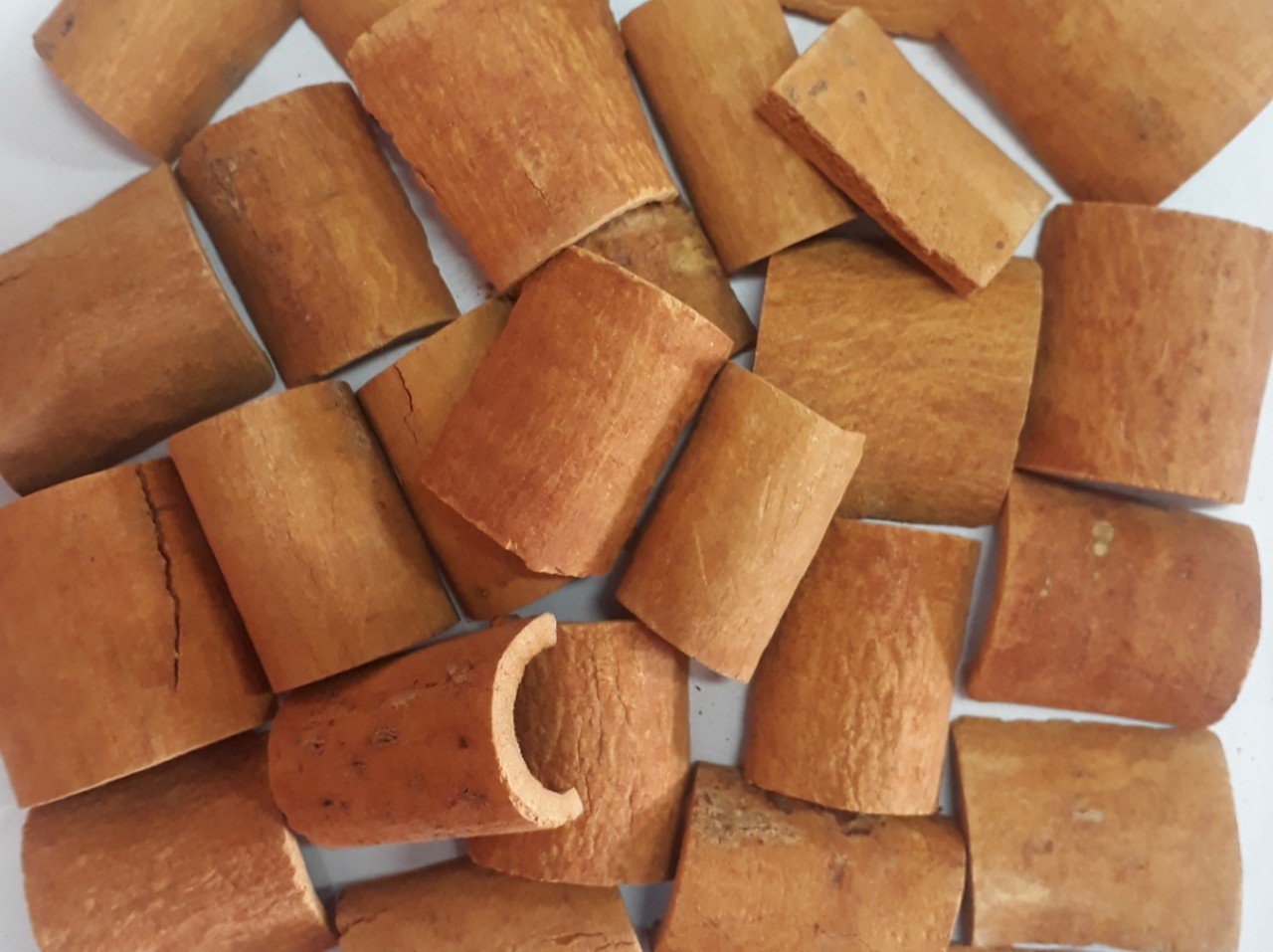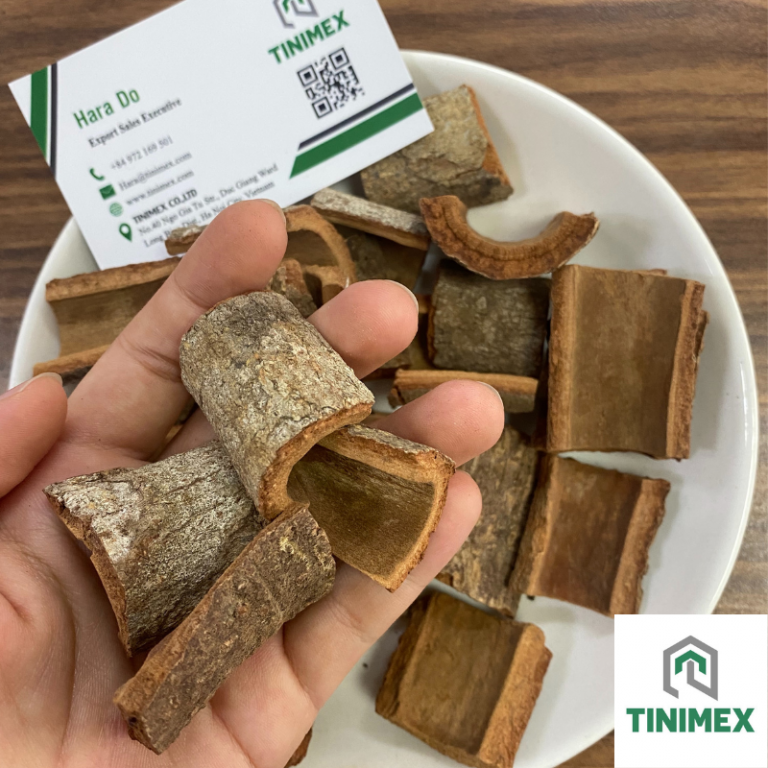Top 9 Quality Checks for Square Cut Cassia from Vietnam Exporters
Top 9 Quality Checks for Square Cut Cassia from Vietnam Exporters
Table of Contents
- Introduction: Why Quality Control Is Crucial for Importers
- Check #1: Verified Cut Size and Bark Thickness
- Check #2: Volatile Oil (VO) Content Above 2.5%
- Check #3: Moisture Level Between 10–12%
- Check #4: Bark Cleanliness and Color Consistency
- Check #5: Absence of Bark Dust and Foreign Matter
- Check #6: COA (Certificate of Analysis) from Trusted Lab
- Check #7: Export Packaging Format and Labeling
- Check #8: Batch Traceability and Lot Segregation
- Check #9: HACCP, Organic, and Phytosanitary Certification
- Final Thoughts: Build Long-Term Confidence in Every Shipment
- Contact Tinimex – Vietnam’s Trusted Cassia Exporter
1. Introduction: Why Quality Control Is Crucial for Importers
When sourcing square cut cassia from Vietnam, the stakes are high. Even a minor inconsistency in moisture or bark quality can delay your customs clearance, impact flavor profiles, or result in costly product rejections.
Use this 9-point checklist to evaluate suppliers and ensure every shipment meets international standards.
2. Check #1: Verified Cut Size and Bark Thickness
Specs should be defined (2–4 cm, 3–6 cm) with thickness between 0.3–0.5 cm.
Ask your supplier to:
- Confirm cut size range
- Show side profile cross-section
- Share batch-level measurements
Why it matters: Ensures uniform dosing, flavor release, and automation compatibility.

caliper checking cassia thickness: QA team at Tinimex verifying square cut cassia dimensions
3. Check #2: Volatile Oil (VO) Content Above 2.5%
VO is a key indicator of cassia strength and freshness. Acceptable levels:
- ≥ 2.5% for food-grade use
- Higher than 3% preferred for premium applications
VO should be tested via steam distillation or GC-MS and included in the COA.
4. Check #3: Moisture Level Between 10–12%
Low moisture helps preserve:
- Shelf life (18–24 months)
- Resistance to mold
- Regulatory compliance
Use moisture meters or third-party lab tests to confirm.
5. Check #4: Bark Cleanliness and Color Consistency
Color should be cinnamon-brown, not grey or dull. Clean bark:
- Improves brand image
- Ensures safe infusion
- Indicates proper post-harvest handling
Avoid bark with discoloration, dust, or fungal spots.
6. Check #5: Absence of Bark Dust and Foreign Matter
Ask for pre-shipment photos and look for:
- No broken edges or inner bark peels
- Absence of small debris or stones
- Cleanliness in PE-lining and outer carton
Why it matters: Clean spice improves safety, reduces cleaning time, and passes visual QA.
7. Check #6: COA (Certificate of Analysis) from Trusted Lab
Every shipment should be supported by COA covering:
- Oil % (VO)
- Moisture
- Pesticide residues (where required)
Look for lab stamps and signature from certified testing labs (SGS, Eurofins, or local ISO labs).

Tinimex COA set for square cut cassia: Verified lab documents included with cassia container export
8. Check #7: Export Packaging Format and Labeling
Your cassia should be packed in:
- PE-lined kraft boxes (10kg/20kg)
- Clearly labeled with grade, origin, and date
- Tamper-proof tape and batch markings
Proper packaging ensures shelf life, easier stacking, and inspection at destination.
9. Check #8: Batch Traceability and Lot Segregation
Each lot should have:
- Unique batch number
- Sorting and grading history
- Pre-shipment visual proof and labels
Ask for pre-loading photos showing labeled boxes and full pallets.

export-ready cassia cartons with batch code: Shipment packed and marked for traceability before dispatch
10. Check #9: HACCP, Organic, and Phytosanitary Certification
For compliance with EU, US, Japan, and GCC markets, request:
- HACCP food safety documents
- Organic certificate (if required)
- Phytosanitary & fumigation declarations
These documents help ensure your shipment clears customs fast and meets retailer requirements.
11. Final Thoughts: Build Long-Term Confidence in Every Shipment
Square cut cassia is a high-value ingredient—but only if it meets strict QA requirements. By using this checklist and choosing a verified Vietnam exporter, you minimize risks while improving brand reputation and shelf success.
12. Contact Tinimex – Vietnam’s Trusted Cassia Exporter
TINIMEX CO., LTD
🏢 4th Floor, No. 40 Ngo Gia Tu Street, Duc Giang Ward, Long Bien District, Ha Noi, Vietnam
📧 info@tinimex.com
🌐 https://tinimex.com
📞 +84 36 680 8683 (WhatsApp / Zalo)
Why choose Tinimex:
- 100% certified square cut cassia supply
- Traceable from farm to container
- Full export documents with every shipment
- Serving buyers in 20+ countries
Internal Links:
External Link:

